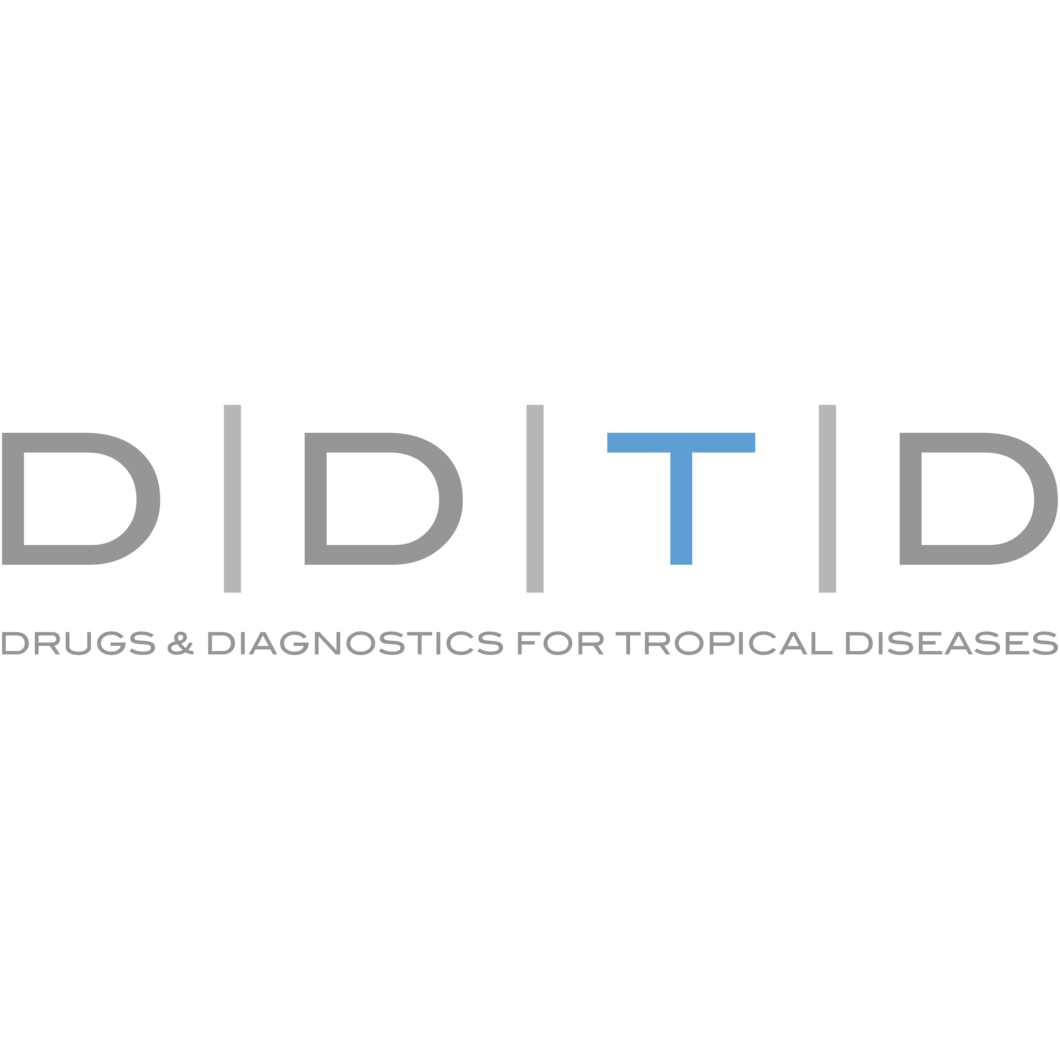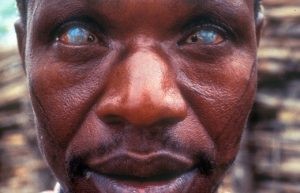Onchocerciasis – River Blindness
Onchocerciasis, also known as river blindness, is a disease that affects an estimated 21 million people in 31 sub-Saharan countries, with another 218 million people living at risk of contracting the disease. River blindness is caused by the filarial worm Onchocerca volvulus which is transmitted to humans by flies of the Simulium species. In its most severe form, onchocerciasis left untreated can lead to permanent blindness. This has led WHO to implement numerous programs aimed at controlling and eliminating onchocerciasis as a public health problem, with the WHO 2021-2030 Roadmap for Neglected Tropical Diseases describing the goals for the next decade. Onchocerciasis control and elimination programs rely on annual mass drug administration (MDA) programs with the deworming drug ivermectin that operate on an astounding scale, with over 200 million doses of ivermectin distributed each year. Because the adult worms can live for about 10 years, MDA programs need to be repeated annually for at least a decade (usually even longer) so as to progressively empty the reservoir of O. volvulus microfilariae in a population until disease transmission is no longer self-sustainable.
MDA programs critically rely on diagnostic tools to decide when to start and stop MDA and, during MDA, to monitor and evaluate progress. However, all currently available diagnostics present some limitations in one way or another. The gold standard remains microscopy or PCR-based examination of skin biopsies, a definitive but laborious and insensitive method. At the other end of the spectrum, detecting nodules caused by nesting adult worms can be done easily, rapidly, and non-invasively by palpation, but this approach lacks both sensitivity and specificity. Domain experts agree that serology represents the most direct and pragmatic approach to improving the current arsenal of onchocerciasis tests. The currently available serological tests for onchocerciasis (several laboratory-based ELISAs and one field-deployable RDT) all detect IgG4 antibodies produced by the human host in response to Ov16, a gene product expressed by the infective L3 stage of O. volvulus discovered in 1991 by the group of Dr. T. Nutman at the National Institute of Allergy and Infectious Diseases (NIAID).
The limitations of the existing diagnostic tools led WHO to publish two Target Product Profiles (TPPs) in 2021 defining the criteria that new diagnostic tests will need to meet, depending on whether they are used for (a) mapping onchocerciasis in areas of low prevalence and deciding when to start MDA (“Mapping TPP”), or (b) deciding when to stop MDA (“Stopping TPP”). The two TPPs are nearly identical differing only with respect to sensitivity, which must be ≥ 60% to map onchocerciasis and to support decisions to initiate MDA, and ≥ 89% to support decisions to safely stop MDA. Both TPPs require an exquisitely high specificity of ≥ 99.8% which, critically, needs to be demonstrated at the lower bound 95% confidence interval – an extremely challenging criterion. The requirement for this ultrahigh specificity is dictated by the need to detect as little as 1‒2% of disease prevalence with sufficient statistical confidence during onchocerciasis mapping campaigns.
DDTD’s Solution for River Blindness.
DDTD has delivered a rapid test that meets the WHO target product profiles to support decisions to initiate and stop mass drug administration programs against river blindness, thanks to grants from USAID and COR-NTD. The results were independently verified by CDC in the laboratory (ASTMH 2023 Annual Meeting, Abstract #6421) and are currently being verified in the field in 5 different African countries with support from COR-NTD, USAID, and the Bill & Melinda Gates Foundation. DDTD has licensed this test to Big Eye Diagnostics for high-throughput manufacturing, and the test is expected to become fully commercial in 2025.
Field Evaluation of DDTD’s Onchocerciasis RDT in Ghana (2023)




